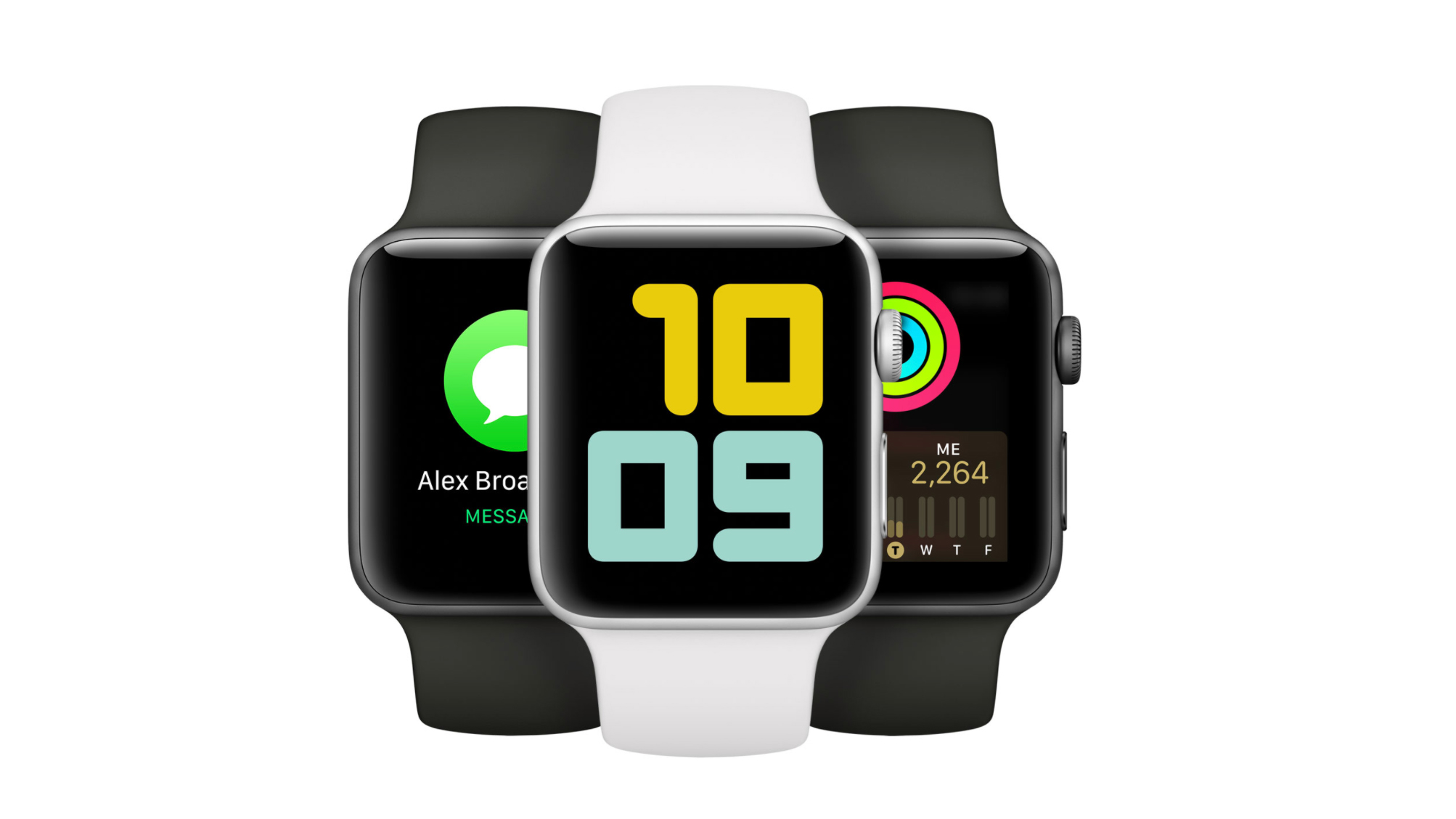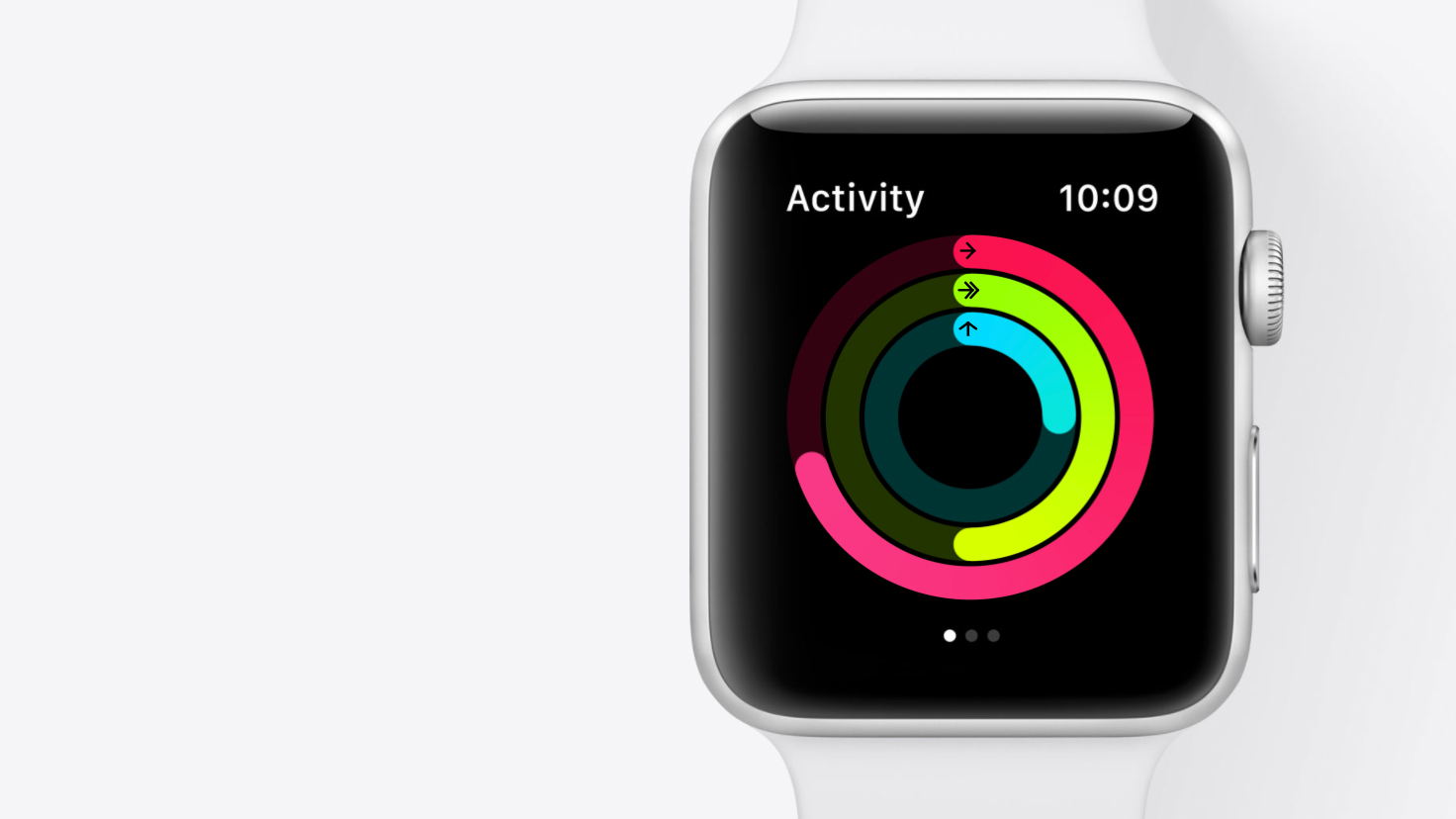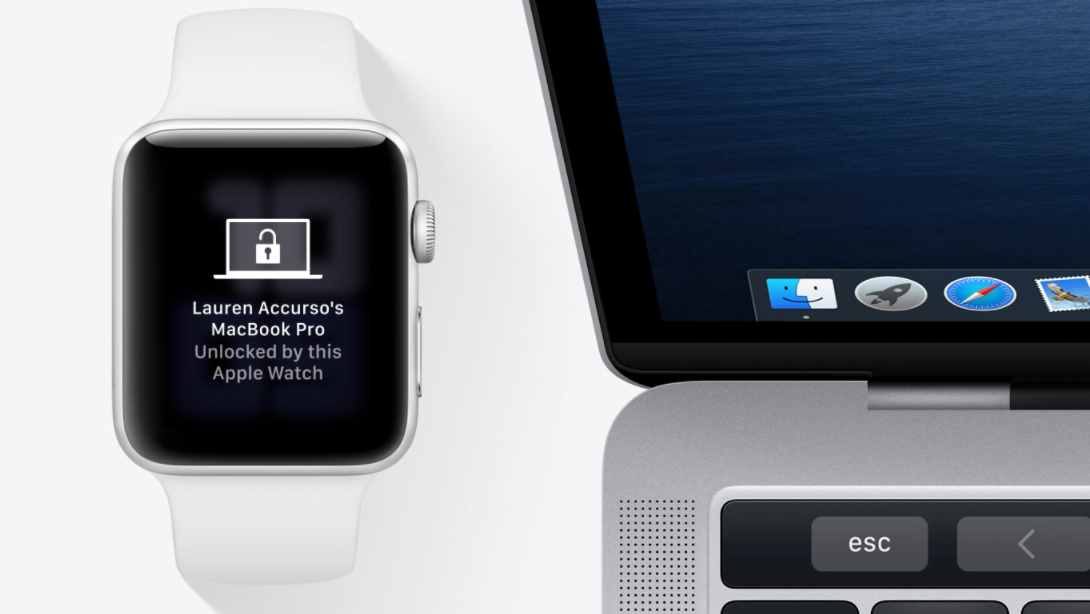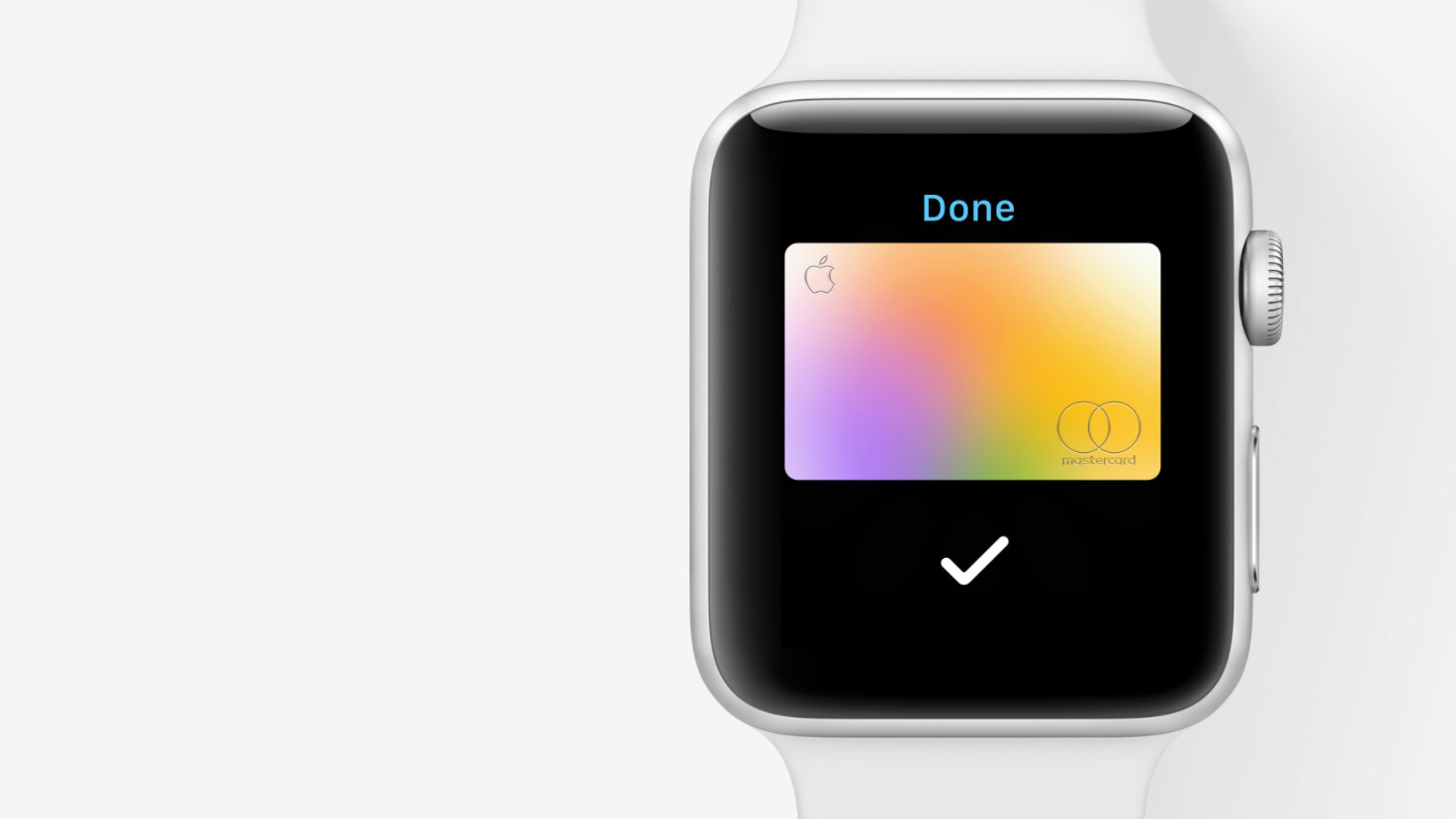Apple Watch SE vs Apple Watch Series 3: which should you buy?
A showdown of Apple’s most affordable smartwatches


With the release of the Apple Watch SE, Apple now has two affordable offerings on the table – or better yet, two compelling reasons for mass consumers to make the switch over to Apple. It comes at the right time as well, with watchOS 7 bringing a slew of vital and fun updates for a much-improved Apple Watch experience.
Being older, the Apple Watch Series 3 naturally has older specs and features. But, it also has smaller cases and a smaller display, and that back-to-basics approach. And, it’s much cheaper than the SE, which is saying a lot. Then again, the Apple Watch SE brings a slew of upgrades, including Series 5’s processor, Bluetooth 5.0 connectivity, and a Retina display that’s 30% larger for only $80 more.
- Best Apple Watch: which model should you buy?
- Best smartwatch: T3's guide to the best intelligent timepieces
- Check out the best Apple Watch deals
So, which affordable Apple Watch is right for you? That’s, of course, for you to decide. We’ve put these two – alongside their design, hardware, and features – side-by-side to help.
Apple Watch SE vs Apple Watch Series 3: Design
The Apple Watch Series 3 is three years old now, and Apple has rolled out two other smartwatches since its release. So, there’s definitely a lot of design differences between it and the SE, which only hit the shelves in the second half of 2020.
To start, the case: The Apple Watch SE is available in 44mm and 40mm case sizes and boasts up to 368x448 pixels in display size, making it slightly larger than the Series 3 whose case sizes are 42mm and 38mm. Speaking of displays, the SE also inherits the Series 5’s LTPO OLED Retina display, only without the Always-on feature, over Series 3’s older-generation one. Both displays, however, do have 1000 nits of brightness.

That’s just the beginning. The Apple Watch SE has a few offerings in the design that the Series 3 doesn’t. Those include the additional gold color option, haptic feedback on its digital crown, a second-generation speaker that’s 50% louder, and a second-generation mic that enables the Noise app. It also has a ceramic and sapphire crystal back.
As far as their similarities, both smartwatches are water-resistant up to 50 meters, only available in aluminum, and compatible with Apple’s line of attractive bands.
Get all the latest news, reviews, deals and buying guides on gorgeous tech, home and active products from the T3 experts
Apple Watch SE vs Apple Watch Series 3: Hardware
The SE definitely has a huge advantage over the Series 3 in terms of hardware. Its Apple S5 Silicon chip alone is twice as fast as the S3 chip in the Series 3. So, not only will you notice the difference here when running apps and features, but Series 3 soon won’t be powerful enough to smoothly run future updates.
Both utilize the same 2.4 GHz Wi-Fi connection. However, the SE has Bluetooth 5.0, delivering faster speeds and lower power consumption, while the Series 3 is still stuck on Bluetooth 4.2.
Sadly, the Series 3 no longer has its cellular model on hand, even though it was available when it was released. This means that if you need that flexibility of leaving your iPhone at home as you hit the trails while still staying connected, you’ll have to opt for the SE.
The good news is, it seems that both smartwatches are on par when it comes to battery life, with Apple giving both an up to 18-hour rating.

Apple Watch SE vs Apple Watch Series 3: Features
As expected, these two also vary in features. The Series 3, being older, is missing a few key things that the other offers. Those include Fall Detection, Compass, Noise Monitoring, Family Set Up, and the second generation speaker and mic.
Because it doesn’t have the cellular model, it can’t make International Emergency calls. While it does have an altimeter, it doesn’t have the Always-on feature. For storage, it only has 8GB of space while the SE has 32GB. Finally, its accelerometer is only up to 16g-forces – as opposed to the SE’s 32g-forces.
Much like the SE, however, it does have Emergency SOS, high and low heart rate notifications, irregular heart rhythm alerts, GPS, an optical heart sensor, gyroscope and an ambient light sensor. It’s also compatible with the watchOS 7, which means it will be getting the fun, new and nifty features that the OS is bringing in.
Basically, you’re looking at a more stripped down version of the Apple Watch if you purchase the Series 3. That’s not entirely a bad thing, especially for those who just want the basic necessities.

Apple Watch SE vs Apple Watch Series 3: Price
The Series 3 is definitely for consumers who are looking for the more bargain-basement option. At $199, it’s $80 cheaper than the SE. That’s a week’s worth of groceries for single folks right there, or a second Apple Watch band.
On the other hand, if an extra $80 is something you can spare, the Apple Watch SE’s GPS model is only $279. With it, you’re getting a plethora of features, design updates and hardware improvements that altogether make it a worthy upgrade.
Bear in mind though that if you want the SE cellular model to gallivant around in without your iPhone, you’re shelling out a bit more with its $329 price tag.
Apple Watch SE vs Apple Watch Series 3: Conclusion
It’s true that many consumers, even budget ones, may find the Apple Watch SE a better value for their money. For at least $80 more, you’re not only getting a bunch of new features and capabilities, but also a faster chip and newer technologies.
The SE is also future-proof. Thanks to its newer processor, it can handle the newer updates and applications that Apple will roll out in the next couple of years.
However, that doesn’t mean that the Series 3 isn’t also a good value for your money. If you prefer a smaller case and display, for example, or if you’re happy just having the back-to-basics version of the Apple Watch – as long as it can track your activities, play your favorite songs, let you pay for purchases, and allow you to accept calls and send messages, then the Series 3 is definitely the bigger money-saver of the two.
Liked this?

Michelle Rae Uy is a tech and travel journalist, editor and photographer with a bad case of wanderlust. She is a regular contributor for IGN, TechRadar and Business Insider, and has contributed to Thrillist, Paste Magazine, Nylon, Fodor's and Steve's Digicams. Living mainly in California with her adorable cats, she splits her time between Los Angeles, London and the rest of the world.